|
11 Comments
There are many uses for the foam roll; from soft tissue release techniques, to stretching, and even taking up space in the corner of a room! Dust off your foam roll, lay on it, any try this easy and effective neck stretch...especially after a long day. First: lay on the foam roll with your head, neck, AND butt, all fitting on the foam roll. The short rollers will not work for this exercise. Second: When turning your head to the right, first slide your head slightly off to the left side. This keeps the integrity of your neck bio mechanics when going through the stretch. Not doing this step would allow for your head to roll off to the right of the foam roll, making it a pointless exercise. Third: Rotate your head, pivoting off of the foam roll, angling your nose to the ground. As you can tell, there is a straight line through the top of my head, down my spine, though the middle of my body.
Hold this position 3-5 seconds and perform 5-10x each side. This is a big stretch targeting the upper half of the neck. Hope you enjoy! Let me know if you have any questions. Dominick Your hamstrings are such an important muscle that provide tons of stability in walking, running, bending over, etc. They are often overlooked with the glutes and quads typically getting all the love. It is good to have a few go-to hamstring exercises at home. Here is one of my favorites: the hamstring bridge curl. To start, you need something that will slide on your floor. In the Danville clinic, we use old school furniture sliders, as you'll see below. In San Ramon, we have sliders meant for floor workouts which can be found on Amazon. In my garage, I use pieces of cardboard that seem to slide on the garage floor just fine (I know, I should probably upgrade).
Here is a video of it in action. We hope you have a wonderful, safe, and healthy holiday and wish you a Happy New Year!
Dominick and the SRVPT family Good Morning! Time to get up and get the day started! Gotta warm up the body and the Bretzel is a great way to get that accomplished. The next thing is to stretch the other side!
Hope you enjoy the Bretzel! Dominick Many exercise routines and strength regimes tend to incorporate of some sort of pressing overhead. Alternating arms, both arms, military press, even overhead triceps work, and the list can go on and on. It is a GREAT way to target multiple muscles in the shoulder BUT (a BIG but) you MUST make sure you have enough shoulder range of motion (ROM) to complete the task. If you cannot complete the motion withOUT weight, what makes you think you can do it WITH weight? Here is the check: Supine Shoulder FlexionStart by laying on your back, knees bent and hands by your sides. Next, arch your arm overhead. You should be able to have your hand and arm touch the ground overhead with
If you have any questions, please let us know. Dominick dominick@sanramonvalleypt.com Tuesdays 6:40 – 7:30pm 8 week session beginning Oct 20th at SRVPT (Bishop Ranch location) $200 for full session. Max 6 people in class (prepay to hold your spot) **Must bring your own mat and wear a mask* Ab ScissorsAb scissors are one of the best core and hip stabilizing exercises, but, like most exercises, it needs to be done correctly. There are a few major errors that are commonly made which we will aim to fix today. I like to perform 10-20 reps on one side, then repeat on the opposite side. Some people like to alternate, which can be effective. The Compensations (DON'T DO THIS)I hope this helps and gives you a few pointers the next time you try ab scissors.
Dominick dominick@sanramonvalleypt.com One of the most prescribed (and most favorite) exercises I give to patients is the single leg Romanian deadlift. It is such a well rounded exercise that can be easily progressed and regressed, works on multiple muscle groups, challenges balance, and emphasizes proper lifting mechanics. I give the SLRDL for most lower limb injuries and even low back pain when appropriate during the course of treatment. The SLRDL
Repeat 10x 3 sets. Try to not let your swing leg touch the ground throughout the set. The Details....Too Easy?? Too Hard??Chris Bleakley wrote an editorial in the Journal of Sports Medicine about the most recent evidence on icing after an injury and here is a great infographic.
Running involves a motion with high impact and injuries are common. There are many things that you can do to prevent this, from wearing the right shoes to running on more gentle terrain. It’s important to understand common injuries, how to treat them, and prevent them.
Approximately 30% to 40% of runners will experience at least one of these five most common injuries. Knee Injury Knee injury affects 30% of runners and it can be caused by issues such as soft tissue mobility, lack of strength, and flexibility. What to do? Stretching and strengthening the muscles around the knees, even hips muscles and hamstrings are a crucial part of preparing yourself for a run. Shin Splints This injury is most likely to happen at the beginning of training. Shin splints are common among runners in high school and runners who had time off before going back to running. The injury is caused by overtraining, and appropriate rest is important to prevent further injuries. Improve flexibility of hips, calf and ankles to prevent the injury. IT Band Syndrome The IT band is the fibrous band that supports the outside of the knee. IT band syndrome is the second most common injury among runners. It’s important to strengthen the muscles which control stability, especially the hips and glutes. Also, it can be very beneficial to improve balance. Use a foam roller and do exercises such as lunges, leg raises and bridge exercises. On top of this, yoga and pilates can be helpful to increase flexibility and strength. Achilles Tendinitis This injury is common among hill runners and sprinters. The symptoms include pain around the tendon and swelling. Again, flexibility, balance and strength play an important role. If you have Achilles tendinitis rest and put some ice on it. Also stretching the calf area and heel can help. What type of exercise should you do? Try calf raises and toe-to-wall stretches. Plantar Fasciitis This injury is caused by the repetitive nature of running and it mostly happens to those who already injured their foot. Rest is crucial here. Also, foot and toe stretches can help you deal with the pain. You can wear compression socks, proper footwear to help you deal with the weight-bearing pressure of the injured foot. Should You Run When Injured? The answer to this question depends on how severely you are injured. Each one of us is different. However, it’s important to stress that you shouldn’t make this decision on your own. Go and see a doctor before running while injured. The answer to this question is: “Yes if your doctor says so.” How to Prevent Injuries from Happening? Many injuries can be self-inflicted if you are increasing intensity, changing running shoes or terrain, or using improper training and stretching. You should talk to your physical therapist about factors that can lead to injuries and help them treat these. If you have a personal trainer, keep in mind that they are not equipped to diagnose an injury or treat one. Still, they can give you tips on proper terrain and factors that play a role in the injury. Two also important things to do in order to prevent injuries are starting slowing and making sure you have enough rest between two runs. Avoid increasing your weekly mileage by more than 10%. Also, find some time to rest by switching to other physical activities such as yoga or swimming, riding a bike. If you are an avid runner, always keep in mind that you need one full day of rest every now and then. https://www.gildshire.com/five-common-running-injuries-and-how-to-avoid-them/ |
AuthorThe therapists at SRVPT have a variety of backgrounds and are interested in sharing our knowledge with you! Check out their bios for more specific information. Archives
December 2023
Categories
All
|
|
San Ramon Valley Physical Therapy proudly serves the Alamo, Danville, San Ramon, Dublin, Pleasanton areas, along the 680 corridor.
© COPYRIGHT 2023 ALL RIGHTS RESERVED |

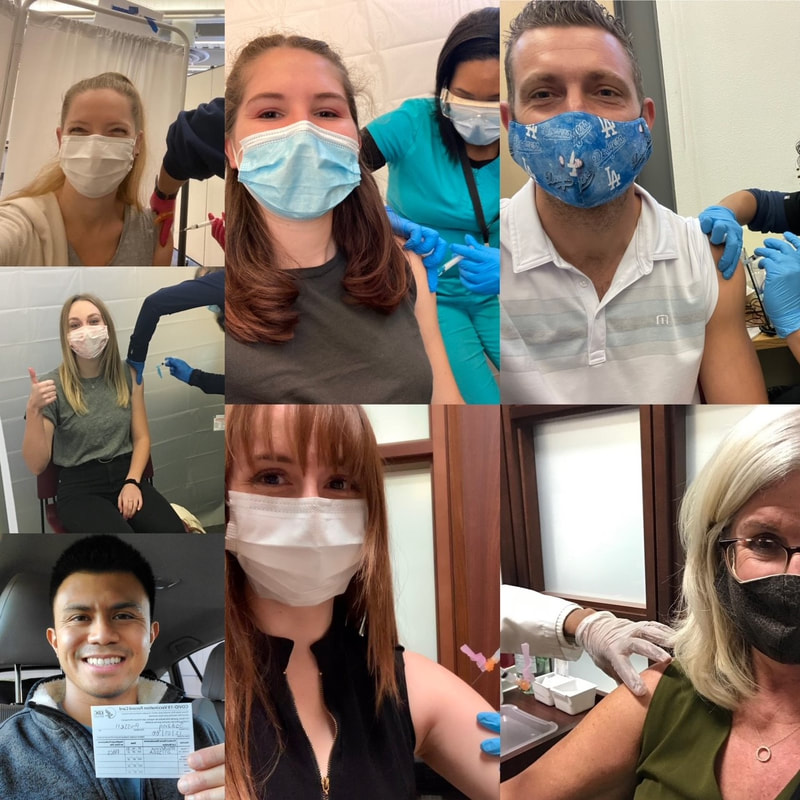
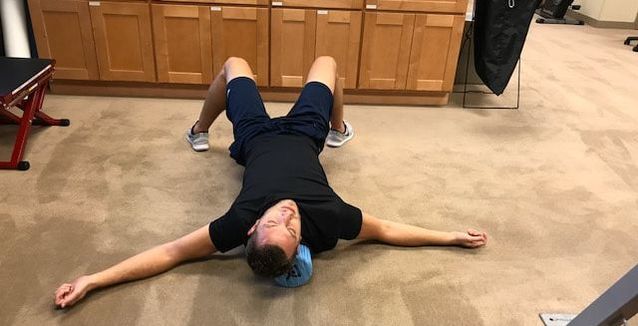
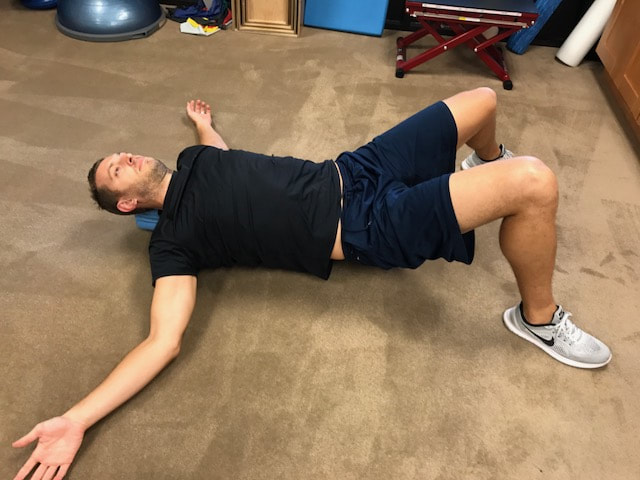
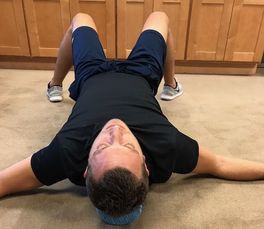
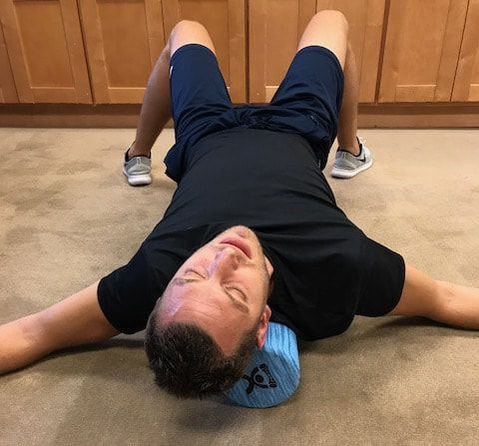
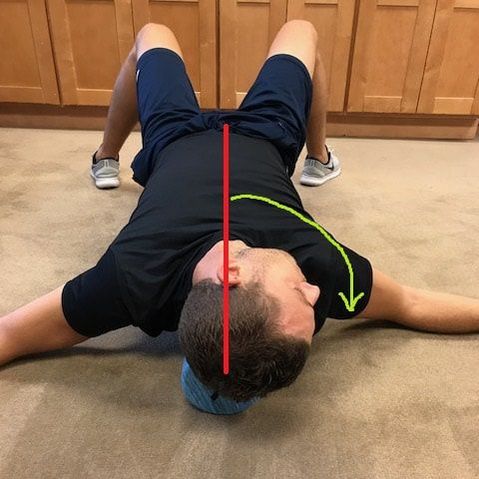

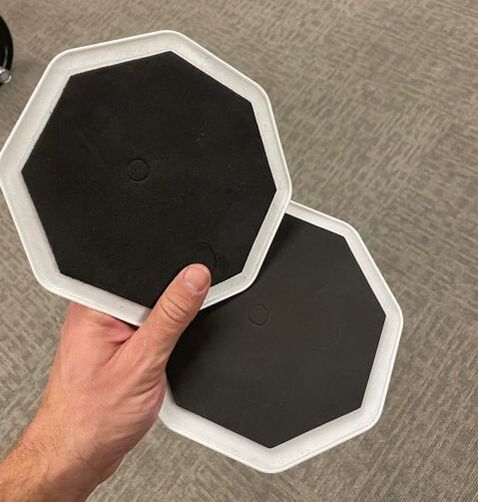
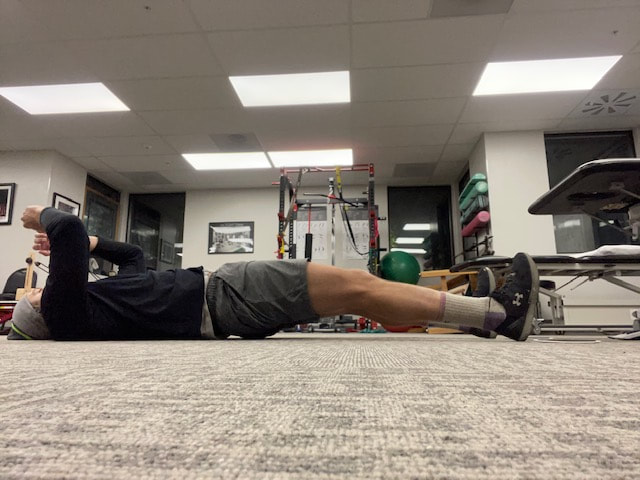
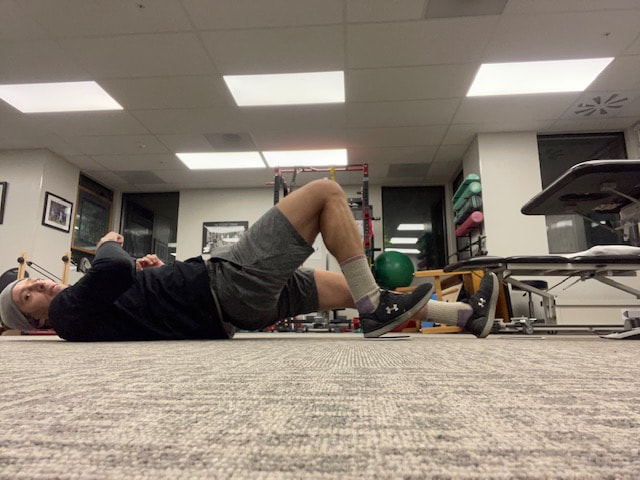

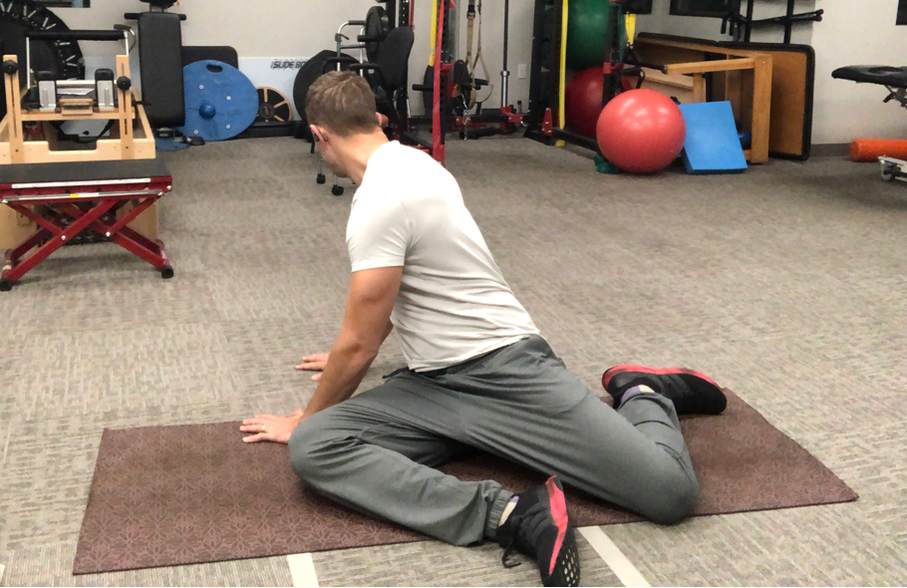
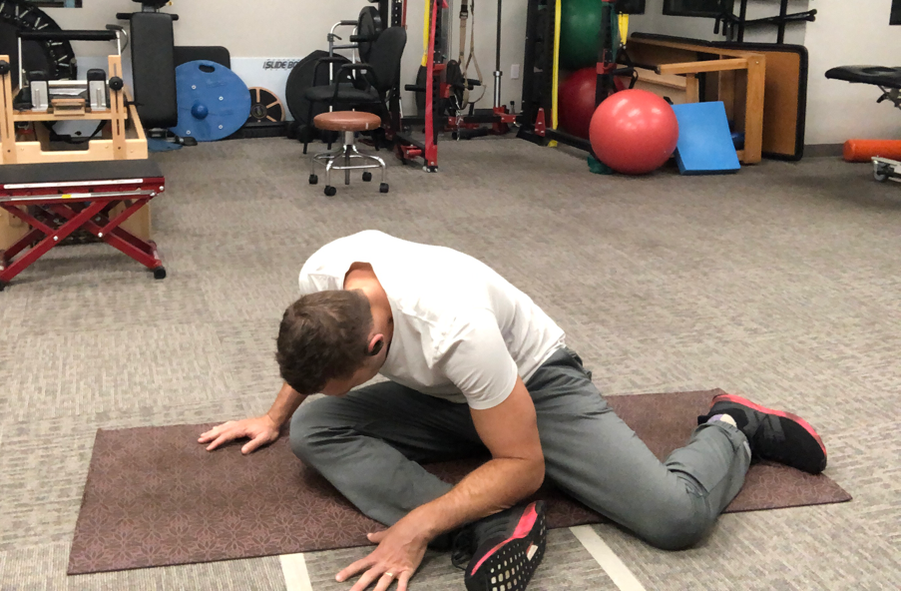
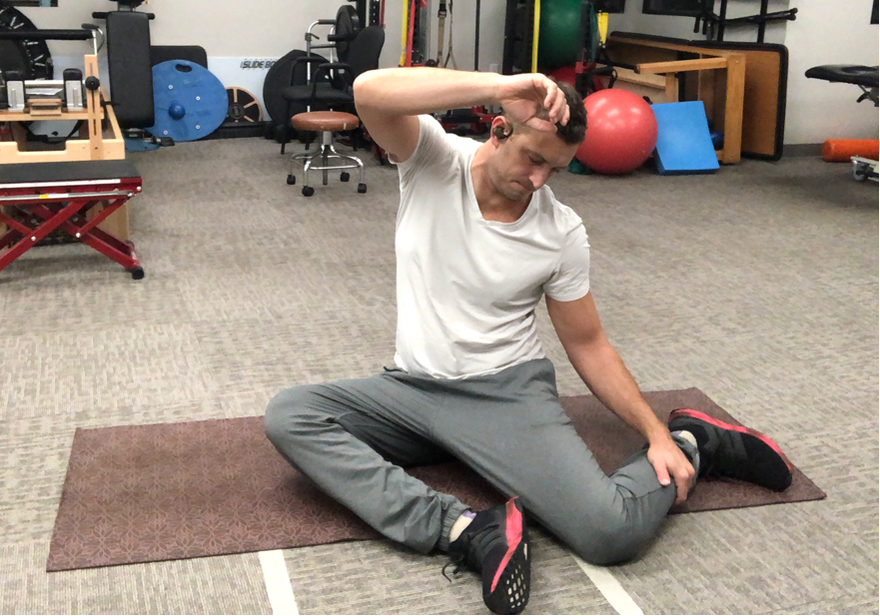
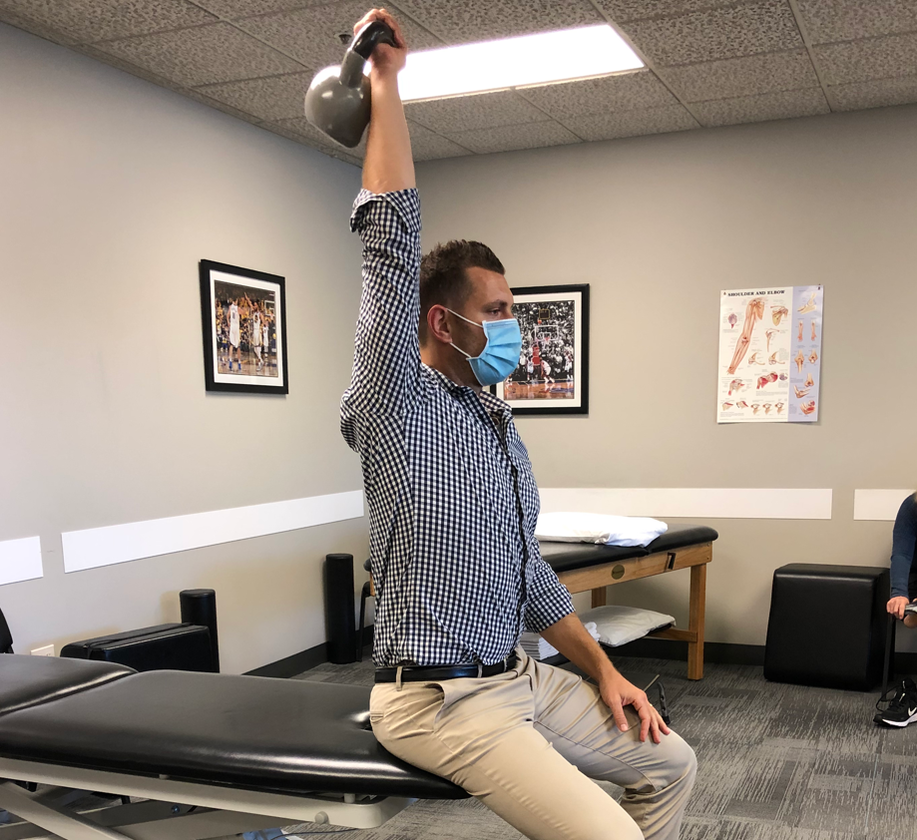
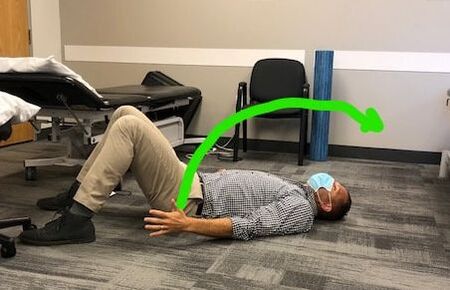
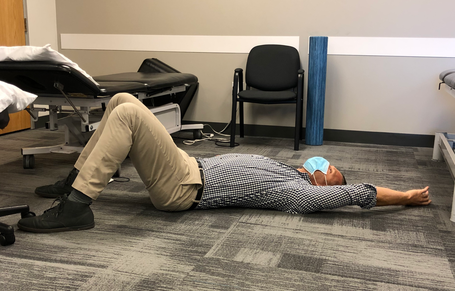
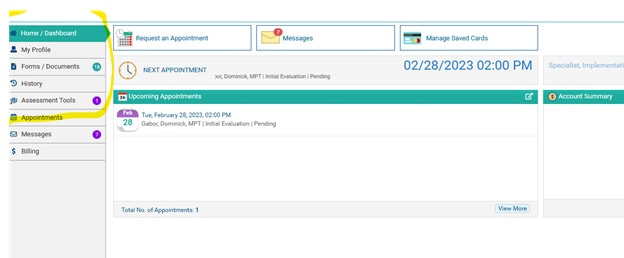

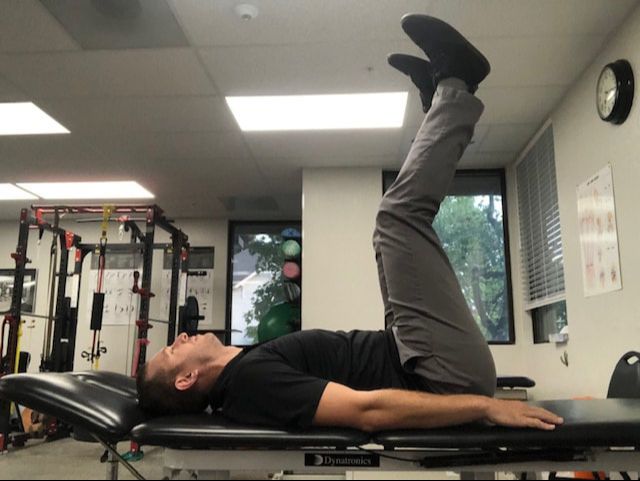
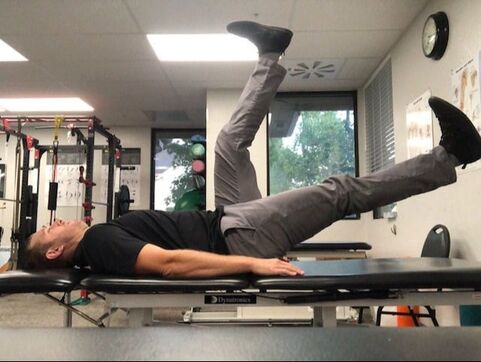
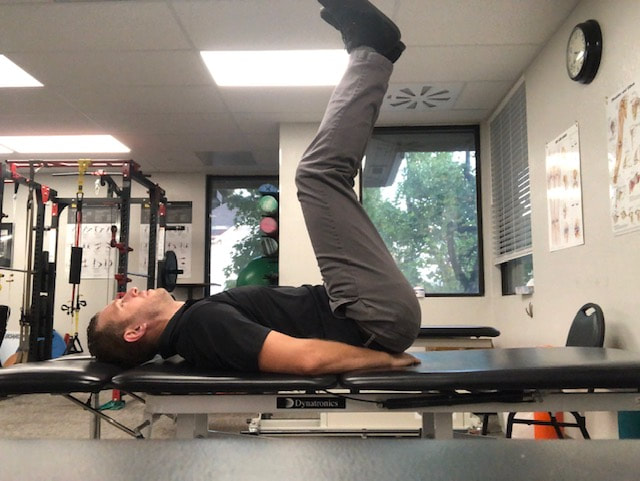
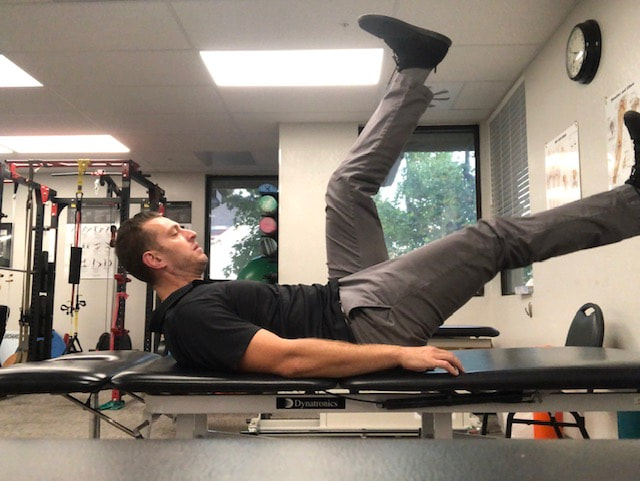
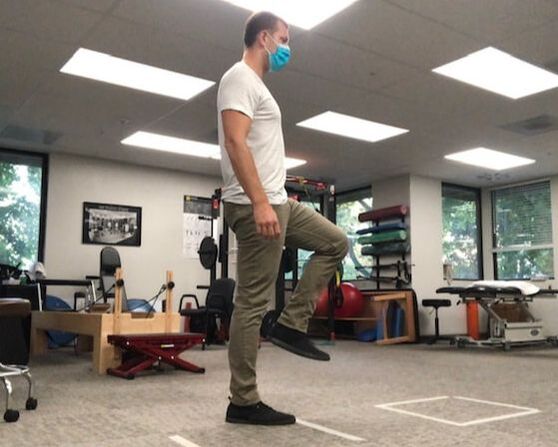
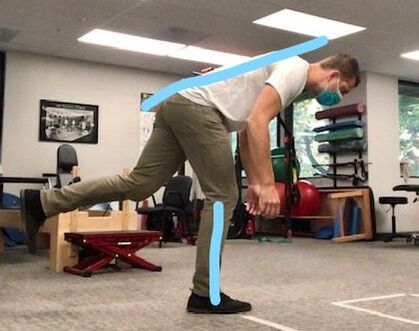
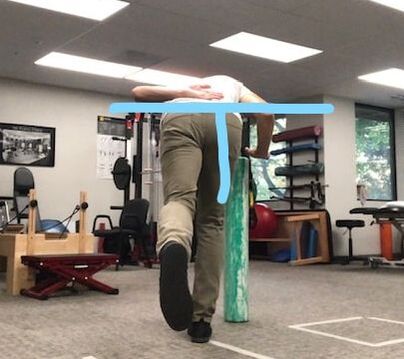
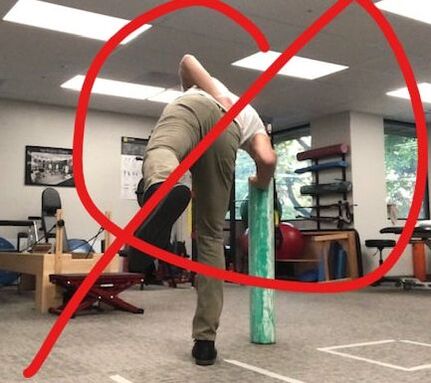
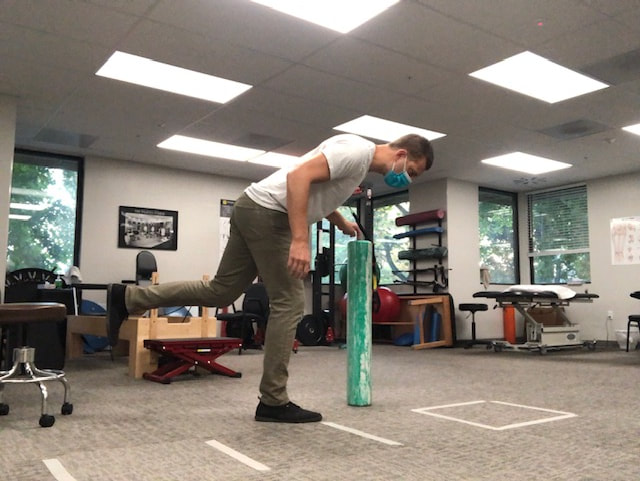
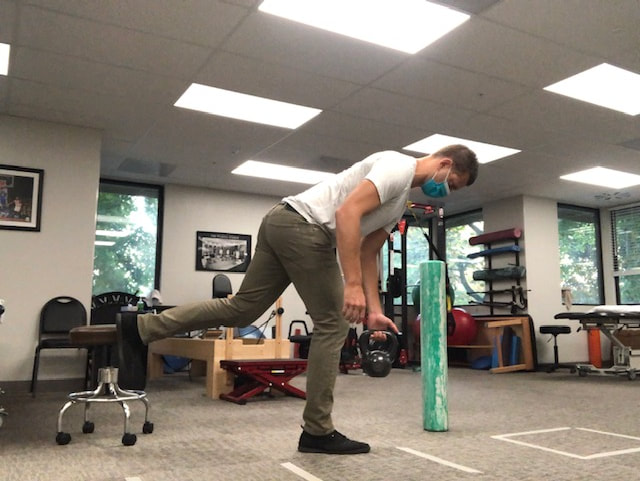
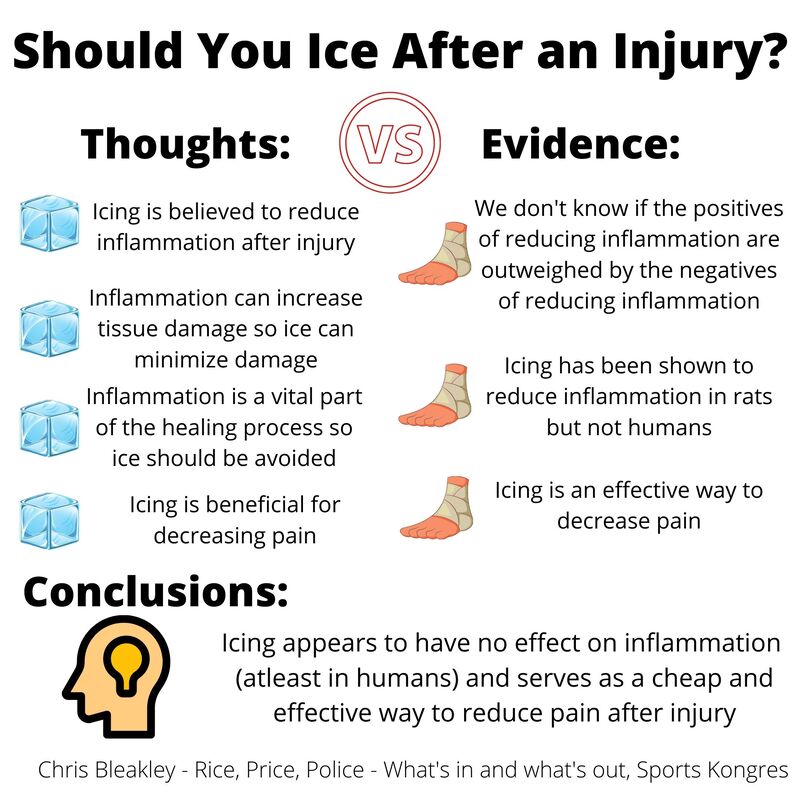
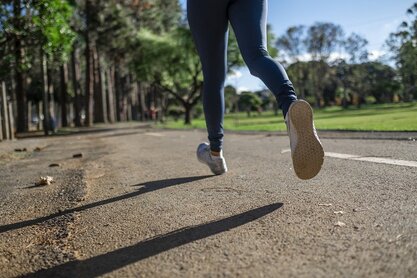
 RSS Feed
RSS Feed
